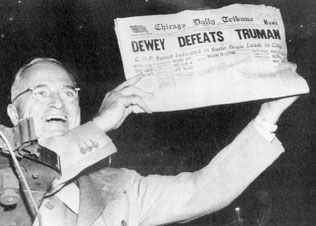- patronage
- Bi-factional parties
- Multi-factional parties
- Mass-membership Parties
- Cadre Parties
- closed primary
- open primary
- blanket primary
- non-partisan primary
- "inclusive compromise"
- Colorado Republican Party v. FEC(1996)
- California Democratic Party v. Jones (2000)
- Stratarchy
- Non-programatic parties
- Crossfiling
- Frontloading
| |
